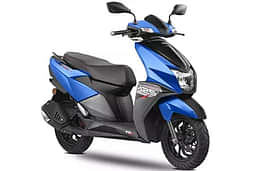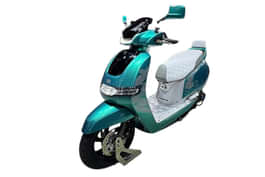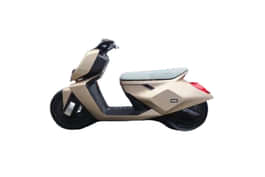
KEY HIGHLIGHTS
- It now gets a 113cc engine with a micro-hybrid system
- Styling more angular and sleek than before
- A lot of kit borrowed from the Jupiter 125
- Base variant costs lesser than the base Activa 110
- Self-cancelling turn-indicators and emergency brake warning light on offer
TVS has a legacy when it comes to producing gearless scooters; after all, where does the word 'Scooty' come from? While that is a different story altogether, TVS has just launched the new-generation Jupiter, with prices starting from Rs 73,700 (ex-showroom).
We will be going through what exactly has changed between the outgoing TVS Jupiter and the new-gen model, but first, do join the 91wheels WhatsApp Community for the latest updates!
TVS Jupiter 110 Design
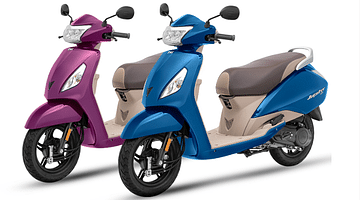
The Jupiter first came out in 2013, and its core design has remained identical through the years. With a metal body, TVS was always gunning against the Activa, and this time it seemed to get it just right.
The outgoing Jupiter had conservative styling, clean lines, nothing too dramatic, which worked in its favour. Be it middle-aged people, youngsters, men, women; the Jupiter found success with its neutral design.

With the new-gen Jupiter, TVS decided to move in a futuristic direction. It still gets a metal body, but the front apron receives a new full-length DRL strip, there's a redesigned headlight, the profile is more angular and receives crisper lines all around. The rear also changed drastically, with a sleek LED strip for the tail-light and turn-indicators, all in one unit.
Also read: 2024 TVS Jupiter 110 Launched At Rs 73,700 - Gets New Design, Features, & Engine
TVS Jupiter 110 Engine

The outgoing Jupiter was powered by a 109.7cc mill, producing 7.7bhp abd 8.8Nm of torque. This motor had more than enough grunt for daily usage, and it felt a touch faster than the Honda Activa. Not that any of these scooters are slouches. However, this is purely from my memory.
The new Jupiter packs a 113cc engine, producing 7.9bhp and 9.2Nm of torque, and with TVS' iGO assist technology (micro-hybrid), the torque goes up to 9.8Nm. To know how this motor behaves and how it fares in daily riding conditions, stay tuned for our review.
TVS Jupiter 110 Chassis and Hardware
One of the USPs of the Jupiter has been its impressive ride quality. The Jupiter 110 has always been one of the most comfortable scooters to ride. The 12-inch wheels gave it more stability than the Activa 110, while the telescopic forks and the monoshock teamed up perfectly with the chassis to flatten out every bump or rough surface, not letting the rider and pillion feel a thing.

This time around, TVS says the new Jupiter derives its chassis from its big brother, the Jupiter 125, and similarly, with front fuel filling, the tank has been moved under the floorboard.
Once again, purely from a memory standpoint, given that the 110 borrows its hardware from the 125, I feel a lot of the characteristics are going to trickle down here. We can expect similar levels of comfort and a smooth ride quality as before. Those looking for enthusiasm, however, should look elsewhere.
Also read: TVS Jupiter 110 Vs Rivals: Detailed Comparison Here
TVS Jupiter 110 Equipment and Features
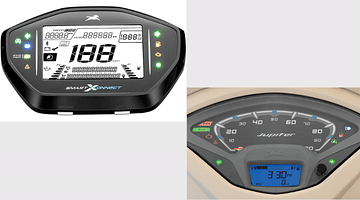
From an equipment standpoint too, a lot of stuff from the Jupiter 125 has trickled down to the new Jupiter 110. While the outgoing Jupiter had an analogue, a semi-digital, and a fully-digital cluster from the Ntorq (depending on which variant you picked), the new Jupiter gets either a fully-analogue cluster, or a fully-digital one with connectivity.
The new Jupiter comes in four variants; base drum, drum alloy, SmartXonnect drum, and SmartXonnect Disc. While there isn't much to speak of in the lower variants, they cover the basics such as a side-stand cut-off, multi-function key slot, engine kill switch, pass-light switch, parking brake, 30-litres of underseat storage space and a USB charging port.
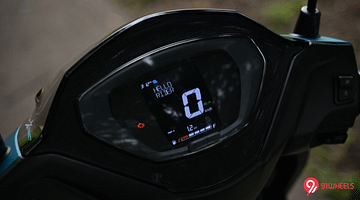
The SmartXonnect variants bring along a fully-digital cluster with smartphone connectivity, an app-based system, turn-by-turn navigation with voice assist, call/SMS alerts, distance-to-empty readout, follow-me headlamps, self-canceling turn-indicators, hazard lamps, and an emergency brake warning light.
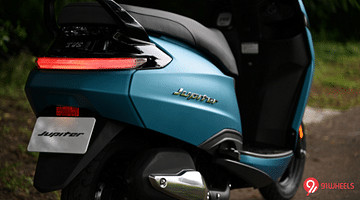
But, did you know that the TVS Jupiter is not the first mass-market two-wheeler to get self-cancelling turn-indicators? Can you guess what was the first? Hint; it's an Indian motorcycle.
Also read: TVS Jupiter 125: What Features Does It Offer?
Verdict
The outgoing Jupiter was a winner for many reasons, and with the new-generation model, TVS has gone a step ahead and made it that much better, while still retaining the core package. With a lot of kit borrowed from the 125, we can expect the Jupiter 110 to not be too different.










